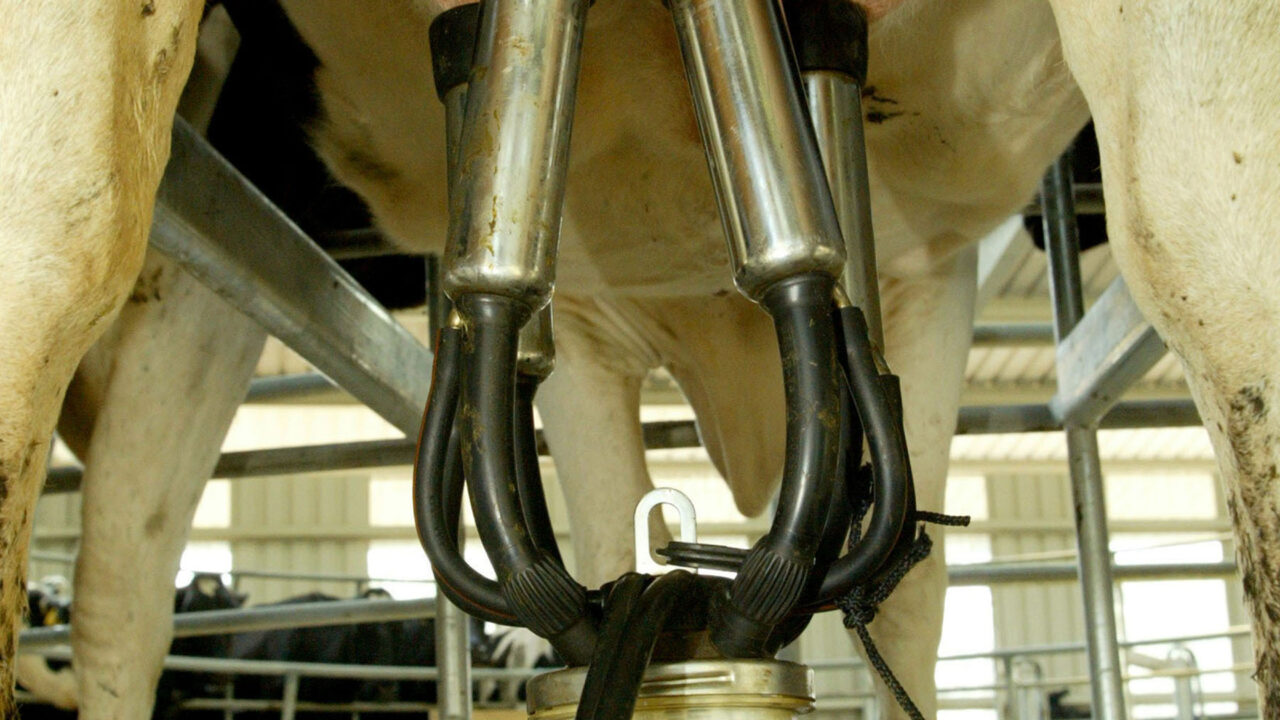With the country well over quota at present (+6%) many dairy farmers are considering once daily milking (OAD) as an options to reduce their exposure to a superlevy bill.
Laurence Shalloo of Teagasc, Moorepark has outlined a financial analysis that was recently carried out by Teagasc of adopting a OAD strategy for the first six weeks of lactation on a herd of 80 cows.
In this month’s Teagasc advisory update for dairy farmers he said that in this analysis, 5% of the herd calved in January, 40% in February, 35% in March and 20% in April.
According to Shalloo, there was a €2,000 saving by adopting OAD compared to milking cows twice/day.
This he said mainly came through a combination of a lower super levy bill, increased milk solids, lower labour and reduced meal feeding.
Milking cows OAD for the first six weeks of lactation was found to reduce milk yield by 22% over the period, he said.
However, the analysis also found that after returning the herd to milking twice/day for the rest of lactation, milking the herd OAD for the first six weeks reduced the milk yield by 8.5% for the whole lactation.
According to Shalloo, many farmers adopt an OAD strategy for the first three-to-four weeks of lactation for labour reasons.
He said this allows them to calve a lot of cows very quickly and ease the management associated with this period.
Shalloo said that the effect of milking cows OAD on milk yield for the first three-to-four weeks of lactation is small.
The effect of milking cows for the first three-to-four weeks of lactation on milk yield for the whole lactation is also small, he said.

